3rd Grade Math Resources
-
Use place value reasoning to represent, read, write, and compare numbers up to 10,000.
Activity 1
Players can begin by drawing two cards each ( for a 2- digit number) or three cards each (for a 3-digit number).Students will round their number to the nearest 10 or 100. The student with the highest rounded number wins all the cards for that round. The player with the most cards at the end wins.

Activity 2
Use adhesive stickers or paper to label the wells of a mini muffin tin. Students will toss a puff into a well, then try to land a matching color into the appropriate number for rounding. For instance, if they throw a blue pom-pom into 98, they would try to throw another blue one into 100. Once students can round two-digit numbers to the nearest 10, then you can change it to 3- digit numbers and round to the nearest 10 or 100.
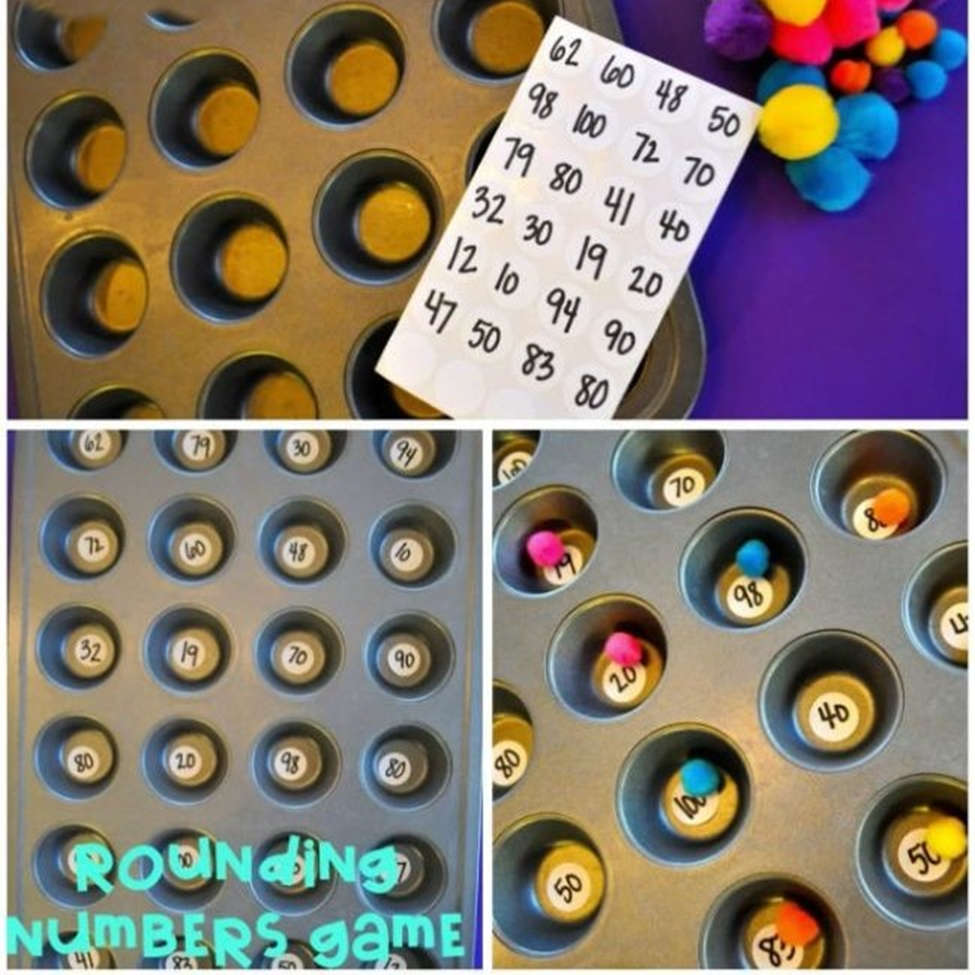
Represent and solve real-life addition and subtraction problems with numbers up to 10,000.
Activity 1: Grocery Shopping
Involve your child in making a shopping list and adding up the prices of items as you go through the store. Have them estimate the total cost and then check it against the actual total at the register.
Activity 2: Cooking Together
While cooking, ask your child to help with measurements and adjust ingredient amounts if necessary. This will reinforce addition and subtraction. If a food scale is available, choose ounces or grams for three-digit numbers.
Activity 3: Word Problems
Create word problems using everyday scenarios. For example, "If you have 3,482 candies and you give 1,234 to your friend, how many candies do you have left?"
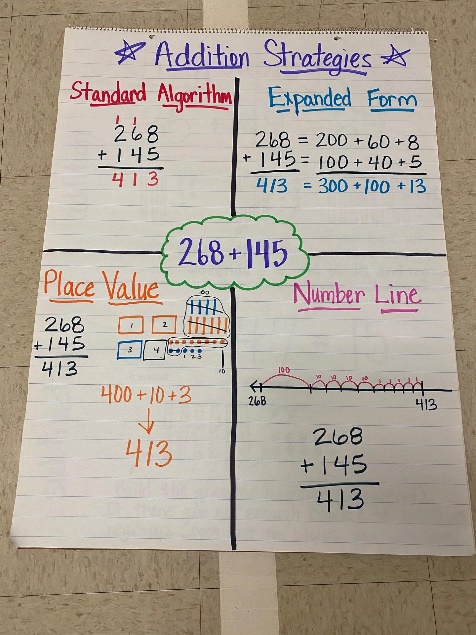
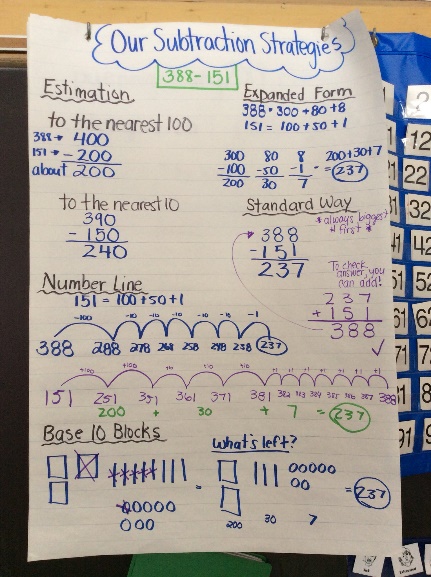
Activity 4: Math Games
Play board games like Monopoly, where your child will need to add and subtract money. Also, games like "Uno" or "War" with playing cards can help reinforce addition and subtraction skills.
Solve real-life multiplication and division problems with numbers within 100.
Activity 1
Each player flips two cards. One card will represent a row and the other will represent a column. The student will then draw a grid and make a dot where the lines meet. Students will count all the dots, and the person with the most keeps all the cards for that round. Once time is up, or all the cards are gone, students will count the cards they collected. The player with the most cards wins.
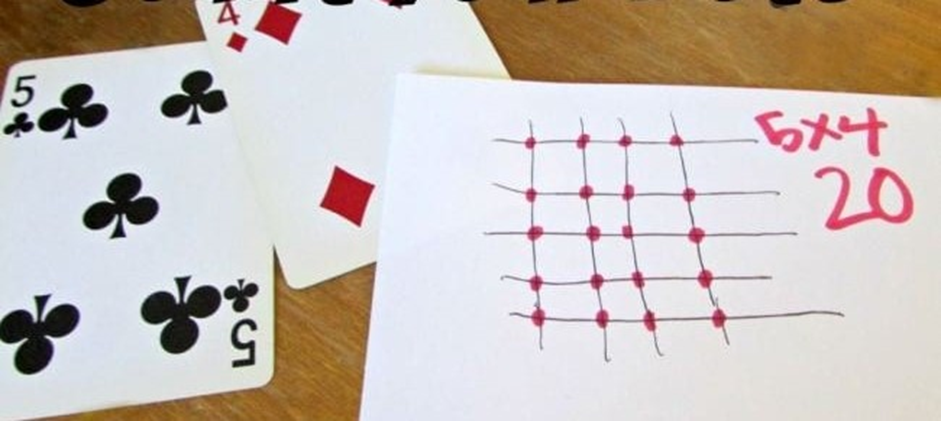
Activity 2
This game is played like Go Fish, but instead of matching pairs, the aim is to match two cards in which one can divide evenly into the other. For instance, player 1 would ask if player 2 has a number that would divide evenly into 8. Player two would give player one their 2 card. Player one would then have a pair. The player with the most pairs at the end, wins.
* Students can use multiplication facts to help find their pairs, or they may need to draw groups to check for divisibility.
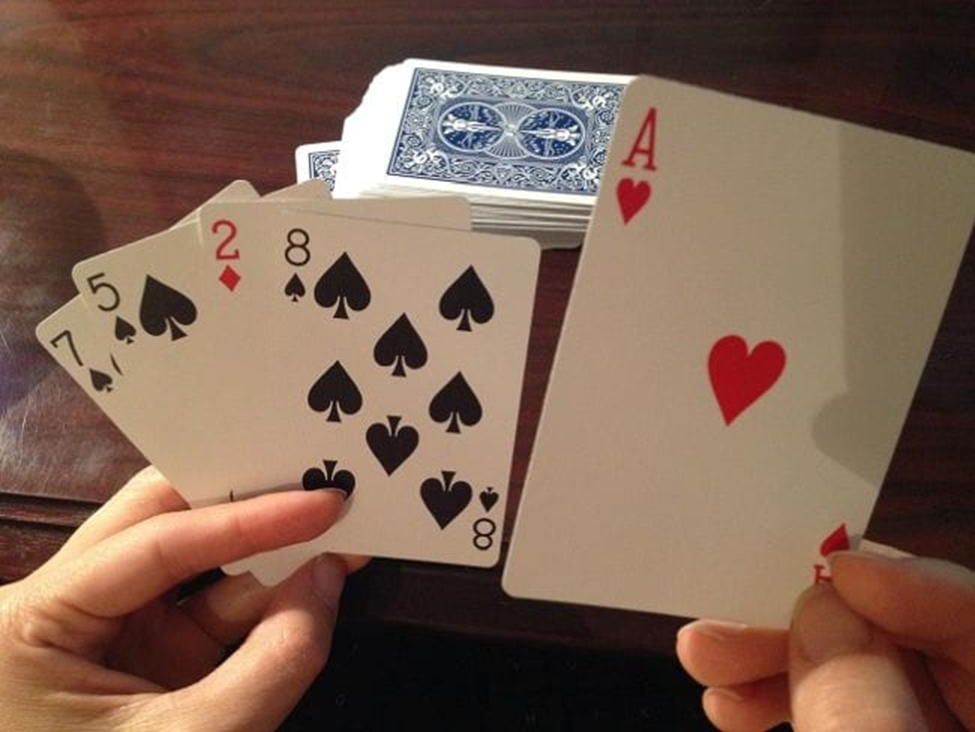
Solve real-life problems involving time and length.
Activity 1
Ask continuous questions about time: (examples below)
- How many minutes are left until dinner. It’s ______ PM?
- What is another way to say 4:30 (half past 4)?
- How many more minutes is 2:15 than 2:00?
- We left the house at 7:30 and arrived at school at 7:52. How many minutes did it take us to get to school?
- If it takes 10 minutes to wash dishes, 15 minutes to clean your room, and 5 minutes to take the trash outside, how long will all of these chores take you?
Activity 2
Ask continuous questions about length: (examples below)
- If this apple is 4 inches long, how long would 3 apples be side-by-side?
- What do you estimate this umbrella’s length is? (1 inch, 1 foot, 1 meter)
- If you’re 5 feet tall, how tall do you think the door is?
- Last year, you were 105 cm tall. You have grown 12 cm. How tall are you now?
- If you have a jump rope that is 24 inches long, if you cut it into 6 equal lengths, how long would each piece be?
Activity 3
First, students roll dice and add the two numbers together. The students will write the equation in the column that matches the sum. Repeat as many times as you would like to create data on the chart. Then, ask students questions to analyze the data. For example, which sum did they roll most often? How many more times did they roll the highest than the lowest? Which sum was rolled the least? How many times did you roll the dice? etc…This is a great way to review addition facts and to analyze data from a graph.


